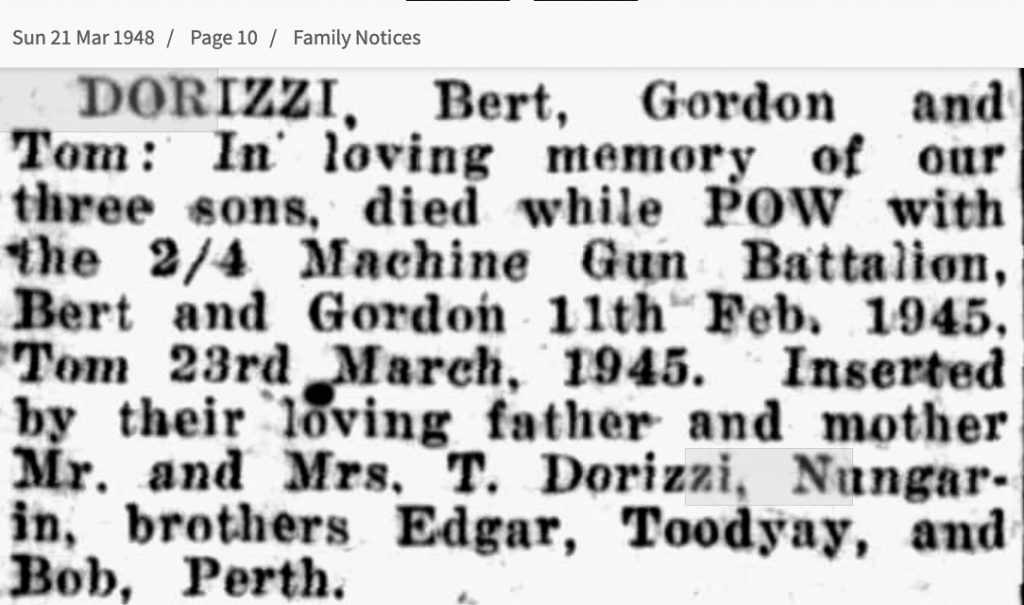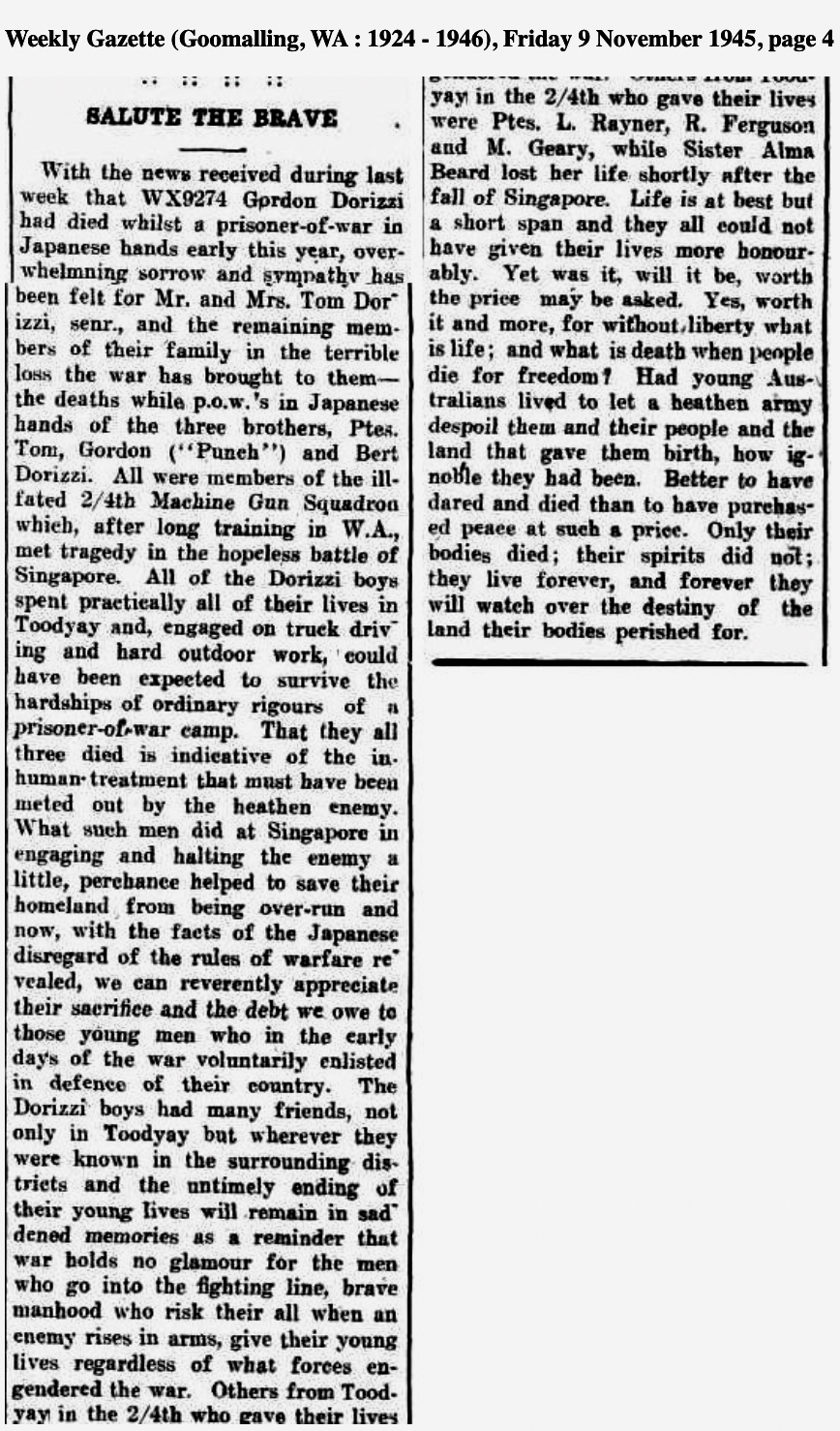| WX7622 |
ABLETT |
Norman Leslie |
Normie |
Known as Normie. Owned a hardware store in South Beach and worked into his 90’s, never married. |
| WX17915 |
ALLEN |
Thomas William |
Tubby |
Because his was a bit tubby. |
| WX3464 |
ANDERSON |
Claude Leonard |
Pills (more often) or Doc |
|
| WX8518 |
ANDERTON |
William Francis |
Frank |
Known as Frank. Was a butcher on Rottnest. |
| WX3376
WX13468 |
ANKETELL
ANNEAR |
Michael J
Richard Winston |
Mick
Win |
|
| WX9011
WX7370
WX7046 |
ARTHUR
ARMSTRONG
ARMSTRONG |
Gerald C
Charles W
Malcolm |
Gerry
Blondie
Lofty |
Story of J Force
B.B. Jan 1967 |
| WX8829
WX8682 |
BAGRIE
BAKER |
James
William Robert Samuel |
Jock
W R S |
B.B. Jul 1963
Joined up with Ron Badock in Norseman, married a workmate of Ron’s sister Effie. |
| WX8962 |
BAKER |
John Andrew |
Jack |
Known as Jack. After the war went to Fiji and New Guinea as a plantation manager, retired to the Gold Coast. |
| WX7587
WX6970 |
BARBOUR
BARNES |
Thomas
Alfred John |
Scottie
Shorty |
B.B. 1953
Was shorter than Ron Badock and good friend of Bob Chipperfield the tallest man in the battalion. |
| WX8140
WX9277
WX8796
WX9229
WX11573 |
BAXTER
BEARD
BRACKLEMANN
BREED
BREEZE |
Francis J
Thomas J
Franz
Walter
Gordon Guyton |
Slew
Big Tom
Brac
Billy or Jeep
Billy |
B.B.1953
B.B. Oct1968. Swan Brewery post war J.G.
B.B. Apr1964
Jeep was a cartoon character of the time.
B.B. 1951. Worked at Collie Coal Post War J.G. |
| WX3452 |
BUNNING |
Gavin McRae |
Skipper |
B.B. Oct 1966 Known as Tom. His father would not allow him to go to university because he was not dux of his year at Scotch College and had to do an apprenticeship in the family business, did become MD from his brother Charlie. |
| WX15756
WX16405
WX8098
WX7316 |
BURGESS
BURGESS
BURGESS
BURNS |
Alfred John
Edward J
William
Copeland James |
Pluto
Kegga
Bluey
Jimmy |
B.B.1952
B.B. Oct 1968
J.G.
Known as Jimmy. |
| WX11226
WX9360
WX7325 |
CAMERON
CLARKE
CARRUTHERS |
Graeme K
Edwin John
Raymond Francis |
Peaky
Nobby
Bones |
B.B. 1950 RB.
B.B.1951
Because he was tall and skinny, Bill Castles saw him just before he was killed on Mantai Road suffering PTSD as he had a blank look and didn’t respond to his name so he was a ‘sitting duck’ for the Japanese. |
| WX8792 |
CASTLES |
Wilfred Thomas |
Billy |
Known as Billy. In later life lived at the Savoy Hotel in Perth along with good friend Tubby McGhee; always ready to meet his mates at his office in the Hay Street Mall. |
| WX8397
WX8822 |
CHIPPERFIELD
COOPER |
Robert W
Henry J
|
Bob
Bluey |
Known as Bob. Tallest man in the battalion at 6’8” (Jack Sherman was second tallest). Fairbridge boy.
Ghosts in Khaki |
| WX10282
WX20018 |
COLLINS
CORREY |
Charles L
John Livingston |
Curly |
B.B. 1952
Known as Jack. |
| WX16441 |
CRANE |
Thomas Daniel |
Danny |
Known as Danny. A ‘hard’ man but a good bloke. |
| WX5221 |
CURRIE |
Stanley Alfred |
Sue |
Said his number as ‘5 a pair of two’s and a one. With Ron Badock and Johnny Smith in Saigon at the end of the war. |
| WX8735
WX8587
WX8778
WX15873 |
CURTIN
DAVEY
DAILY
DARBY |
John Goode
William J
Louis Joseph
Sydney J |
Taddy
Pop
Lou
Kid |
B.B. 1949 – apprentice jockey post war
Known as Lou. A Sandover Medalist who mucked in with Ron Badock, Jack Sanderson and Leo Walsh. |
| WX7240 |
DAY |
Donald Alexander |
Doodah |
|
| WX6917 |
DOODSON |
George James |
Ghost |
Was a cook but not a good one and didn’t look after himself very well, possibly was named after someone saw him covered in flour |
| WX9391 |
DOOLAN |
Bernard Patrick |
Barney |
Known as Barney. Ron Badock says Barney is ‘one of the best blokes ever to meet’, a great scrounger. |
| WX8617
WX9557
WX17881 |
DORE
DORRINGTON
DOUST |
James John
Frederick J
Owen Alfred |
Jimmy
Lofty
Snowy |
Known as Jimmy.
B.B. 1952
B.B. 1952 |
| WX8830 |
DRUMMOND |
Alexander McDougall Donald |
Bulldog |
|
| WX8584
WX7236 |
DUNCAN
DUNN |
John Sharp
Cecil Henry |
Scotty
2-Pot |
B.B. 1966 |
| WX7599 |
DYSON |
Archibald Henry |
Strawb |
Because of his red hair. |
| WX16947
WX9101 |
ECCLESTONE
EWEN |
Roy Elliot
Jack Clifford |
Slim
Black Jack |
B.B. 1953
Big dark skinned fella. |
| WX4915 |
FACEY |
Albert Barnett |
|
Son of A B Facey the author of ‘A Fortunate Life’. |
| WX5217
WX8679
WX15719
WX7864 |
FERRIE
FOCH
FOOT
FLANAGAN |
Charles Gill
Alfred E
Gordon
James Joseph |
Scotty/Jock
Marshall
Speed
Fatso |
Scottish born.
B.B. Apr 1966
B.B. 1953 Wasn’t fast – Lived with Aboriginal people in the bush.
B.B. Oct 1967 |
| WX9336 |
GORRINGE |
John |
Jack or Cody |
Known as Jack (or Cocky by Ron Badock). |
| WX10378 |
GRAY |
Charles William |
Tiny |
Because he was a big bloke. Went to Korea with Jack Taylor, Ted Roots. |
| WX3435
WX7246
WX8807 |
GREEN
HADFIELD
HALLIGAN |
Charles E
Ralph W
William Arthur |
EB Elephant Bum
Whacker
Bill |
Ghosts in Khaki
B.B. 1953
Known as Bill. Ran the Piccadilly and York hotels in Kalgoorlie. |
| WX8718
WX4991
WX7987
WX11202 |
HAMMER
HAMBLEY
HANCOCK
HAYES |
Harry
Ernest E
George
Keith Thomas |
Pop
Blue
Nunky
Bully |
B.B. 1952
Because of his red hair.
B.B. 1951
Named after Bully Hayes who was a famous pirate. RB |
| WX6968
WX8525 |
HEFFERNAN
HEPPINGSTONE |
John C
Ian David |
Plonk
Pop |
B.B. 1951
Because he was one of the oldest members of the battalion. |
| WX8207
WX6602
WX17997
WX17636
WX9418 |
HEWBY
HILL
HOLLAND
HOLLAND
HORN |
Arthur S
Alan McKay
Hubert M
Harold W
Douglas Radcliffe |
Snow
Darky
Lofty
Dutchy
Trader |
B.B. 1949
B.B.Apr 1966
B.B. July 1969
B.B. July 1963 |
| WX10715
WX8730 |
KYRIAKOS
JENKINS |
Jack G A
Thomas K |
Crackers
Sport |
B.B 1952 |
| WX9312
WX15744
WX4917
WX7640
WX11316
WX7847 |
LEAHY
LEE
LEITH
LEE-STEERE
LEWIS
LYNAM |
Michael J
Leslie W
John B
Forrest
Laurence H
Gordon |
Jack
Big Les
Jock
Forrie
Strangler
Pup |
The Story of J Force
B.B. Oct 1965
B.B. 1953
Known as Forrie.
B.B. 1949
B.B. 1949 |
| WX3440
WX3442
WX3707 |
McCAFFRey
McEWIN
MacKINNON |
Francis G
Oswald S
Graham Charles |
Butch
Galloping Gurty
Speed |
B.B. 1953 Thought he could beat John Gilmour over 800m in Darwin, not so
RB.
Because after officer training he came out in all the regalia and arms he was issued with and someone commented that he thought he had seen Speed Gordon and the name stuck. |
| WX8689 |
MacMASTER |
Hector Cecil Stanley |
Jock or Scotty |
Played the bagpipes by order of Tom Bunning when marching out and in, plus doing the march, but often gave the excuse (in a strong Scottish accent) “I can’t the pipes are buggered.” |
| WX7675
WX8636
WX5175 |
MCPHERSON
MAGOR
MANN |
Cyril John
Reginald G
Eric Horsley |
Mac
Gus
Blue |
B.B. Jan 1968
Known as Gus.
B.B. V1N1 |
| WX1700 |
MATTHEWS |
Frederick Noel |
Cowboy |
Fairbridge boy. |
| WX7042 |
MATTHEWS |
Roy |
Scotty |
Norseman boy. |
| WX5163
WX8620
WX8621 |
McDONALD
McDONALD
McDONALD |
Colin Keith
Clarence J
Keith Kitchener |
Black Mac
CJ
KK |
B.B. 1950
J.G. brother to KK
J.G. brother to CJ |
| WX9145 |
McGHEE |
Alfred Joseph |
Tubby |
In later life lived at the Savoy Hotel in Perth along with good friend Billy Castles. |
| WX8834
WX9826
WX13338
WX6173 |
MCNULTY
MILLAR
MILLER
MORRIS |
Wilfred Noel
Hubert J
Reginald J
Owen |
Mac
Dusty
Windy
Romeo |
B.B. Jul 1966
B.B.1952
B.B. 1950 J.G. John Gilmour’s 23rd B day present was to abscond from Changi with John to retrieve 23 coconuts.
Because he was one for the girls. |
| WX15746 |
MORRISON |
Arthur Edward |
Snow White |
Because he was aboriginal. |
| WX15751
WX12599 |
MORRISSEY
Murdoch |
Albert E
Arthur Reginald |
Bert
Squeaker |
Known as Bert.
B.B. V1N1 |
| WX15457 |
NASH |
Samuel Edward |
Lantern Jaw |
Because he had a prominent lower jaw. |
| WX9256
WX5220
WX9407
WX7981
WX7724
WX5123
WX9263
WX7626 |
NEVILE
NEILSON
NORTHEY
O’MEARA
PARKES
PASS
POPHAM
PITTS |
George E
Harold F
Gerard
Joseph P
Albert S
John S
Edward C
Albert Leslie |
Father
Tiger
Jock
Brum
Major also Buff
Kyber
Ted
Slim |
B.B. 1950
B.B. 1952
B.B. Oct 1965
B.B. 1951
B.B. Oct 1967
B.B. July 1969
B.B. V1N1
Because he was tall and skinny. |
| WX14836
WX7331
WX10351 |
RAMSBOTTOM
ROBERTSON
ROBINSON |
Jack Kenneth
Claude W
John |
Dag Arse, Sheeps Bum
Spider
Bulla |
Disliked his nicknames changed surname to ‘Lane’ post war
B.B. Apr 1968 |
| WX9005
WX15893 |
ROGERS
ROOTS |
Eric R
Stephen Edgar |
Buck
Ted |
B.B. 1967
Family had a general transport business in Albany. |
| WX8734 |
RYAN |
Cornelius |
Con |
Known as Con. |
| WX3454
WX8777 |
SAGGERS
SANDERSON |
Albert E
John William |
Granny
Jack |
J.G.
Known as Jack. A commercial traveller for Sandovers from Wiluna to Esperance. Friend of Ron Badock from Kalgoorlie and Norseman. |
| WX8809 |
SANDILANDS |
Richard Henry |
Dick |
Known as Dick. |
| WX9045 |
SAW |
Harold Edward |
Tony |
Known as Tony. |
| WX12202
WX7532 |
SCALA
SEMPLE |
Mervyn S
Robin Roy |
Mick
Bluey |
Known as Mick.
B.B. 1953 |
| WX5007 |
SCHURMANN / SHERMAN |
John Henry |
|
Known as Jack. Second tallest man in the battalion; broad shoulders and good physique. |
| WX8141
WX7576
WX16952
WX6681
WX6441 |
SIMPKIN
SIMMONDS
SIMMONDS
SKELTON
SMITH |
Ronald H
Norman E
Roy Albert
John Bartley
Alexander Julian |
Popeye
Bushy Top
Toona
Yocker
Whispering |
B.B. Apr 1966
B.B. Jul 1967
B.B. 1967 RB.
B.B. 1952
Known as Johnny. Nickname was because he had a half-whisper voice; spent a night in a cave in White Gum Valley after a session at the pub and got an infection that affected his voice. |
| WX8711 |
SMITH |
Thomas Ernest |
|
Known as Jerry, brother of Blucher. |
| WX8736 |
SMITH |
Robert Leighton |
Blucher
(from pre-war) |
Died in action at Mandai breaking his promise to Ron Badock’s mother to look after him and bring him safely home. Good friend from Norseman. A big bloke. |
| WX3453 |
SMITH-RYAN |
Avon Reah |
Smash |
|
| WX7127 |
SOLLY |
John Frederick |
|
Known as Jack. A good bloke, very steady. Jack’s sister, Dot, was a barmaid at the City then Australia hotels in Perth but couldn’t always give the boys a free drink. |
| WX9157
WX8180
WX4986 |
TAPPER
TAYLOR
TAYLOR |
Albert Leslie
Edward G
John Alexander |
Snow
Snow
Squizzy |
B.B. V1N1
B.B. V1N1
Known as Jack. |
| WX7480
WX10289
WX9226 |
THOMAS
THORNS
TYSOE |
William L
Arthur S
Harry |
Slim
Codgee
Sparrow |
B.B. 1950 J.G.
|
| WX9385 |
UNSWORTH |
James |
Jim |
Known as Jim. |
| WX5021
WX17962
WX7466
WX8776 |
WAGHORN
WALLIN
WALSH
WALSH |
Henry W
Edward W
Bernard J
Leo Patrick |
Bluey
Ted
Bluey
Squasher |
B.B. Oct 1966
B.B. V1N1
B.B. 1950
Walsh’s in Kalgoorlie were all known as ‘Squasher’. |
| WX9067
WX9829 |
WATT
WEBB |
Eric George
Frederick William |
Lofty
Spider |
B.B Oct 1967 |
| WX9553 |
WEDGE |
Charles Newdegate |
Mick |
|
| WX10563 |
WHITFIELD |
Robert George |
Jock or Bob |
Known as Bob. |
| WX8672
WX 7263
WX9394
WX12593
WX10351 |
WILLIAMS
WILLIAMS
WILSON
WYLLIE
ROBINSON |
George D
Robert E
James G
Ronald W
John |
Twisty
Mick
Bluey
Bomber
Bulla |
B.B. 1965 RB Drew drawing of machine gun on Borehole magazine
B.B. Oct 1963
RB judge in Hong Kong post war
R.B. |
| WX8430 |
SHEEDY |
Nigel John |
Mad Mick |
Known as Jack. |

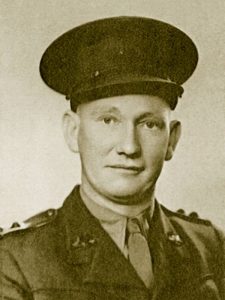
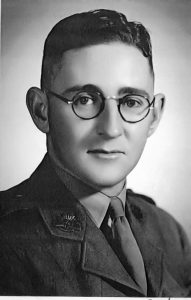
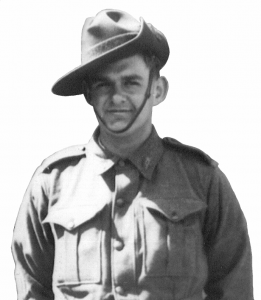
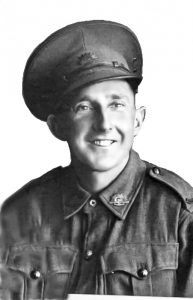
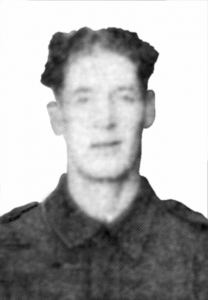
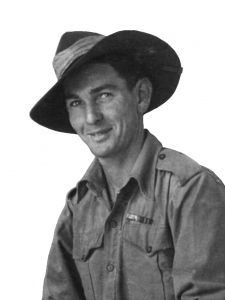
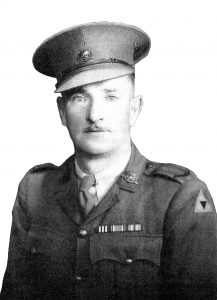
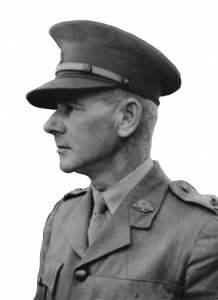
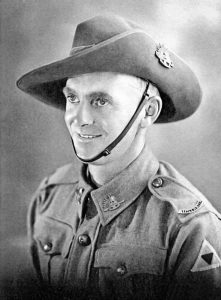
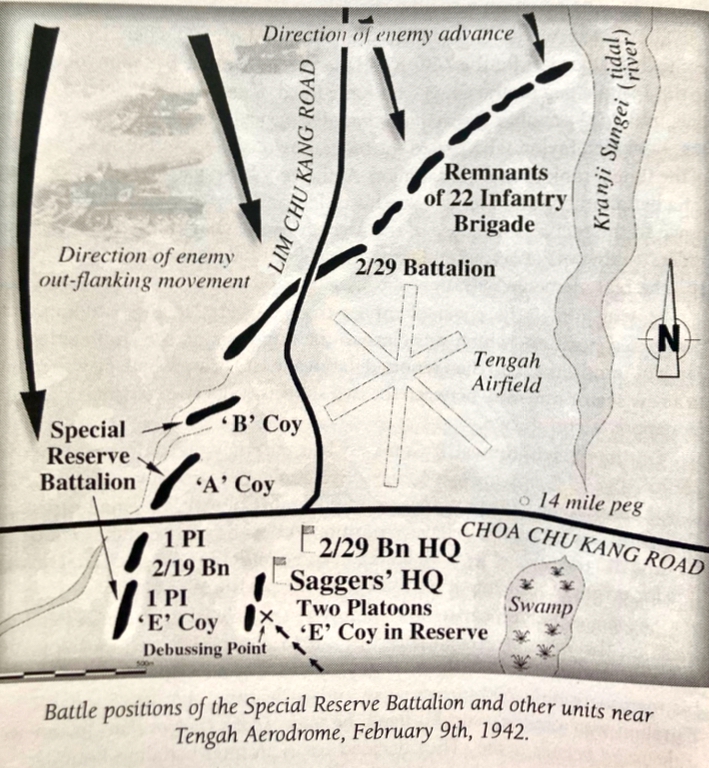
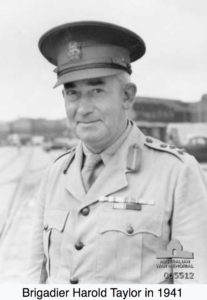
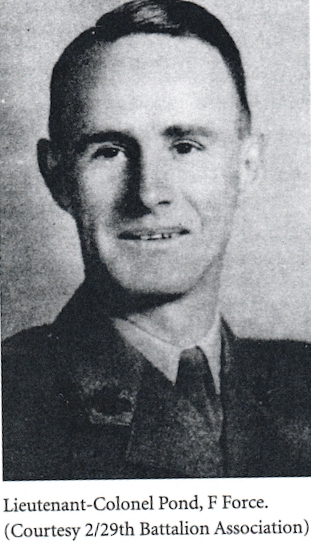
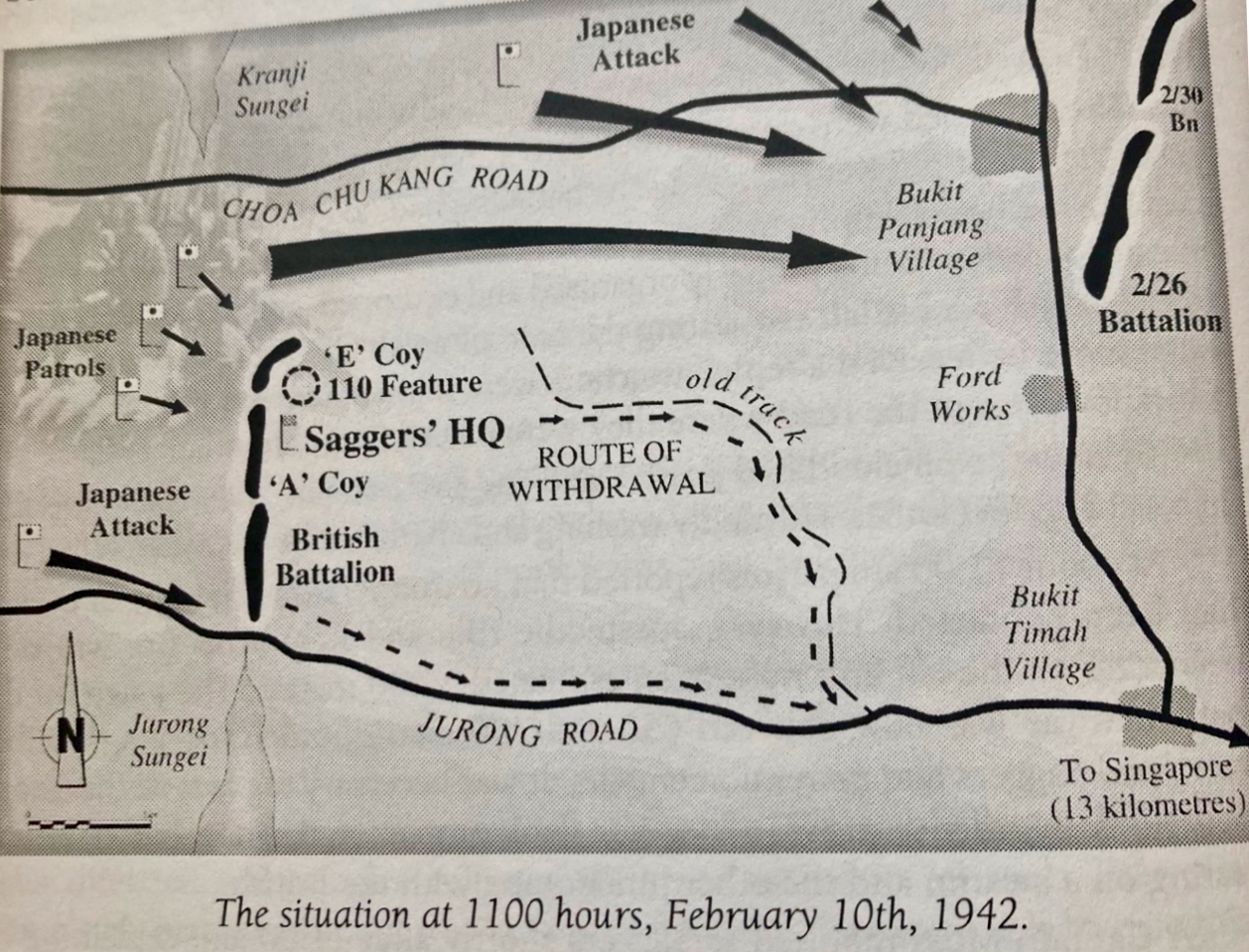
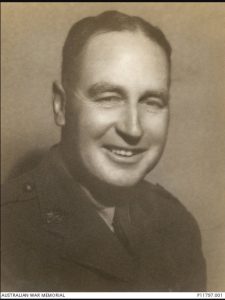
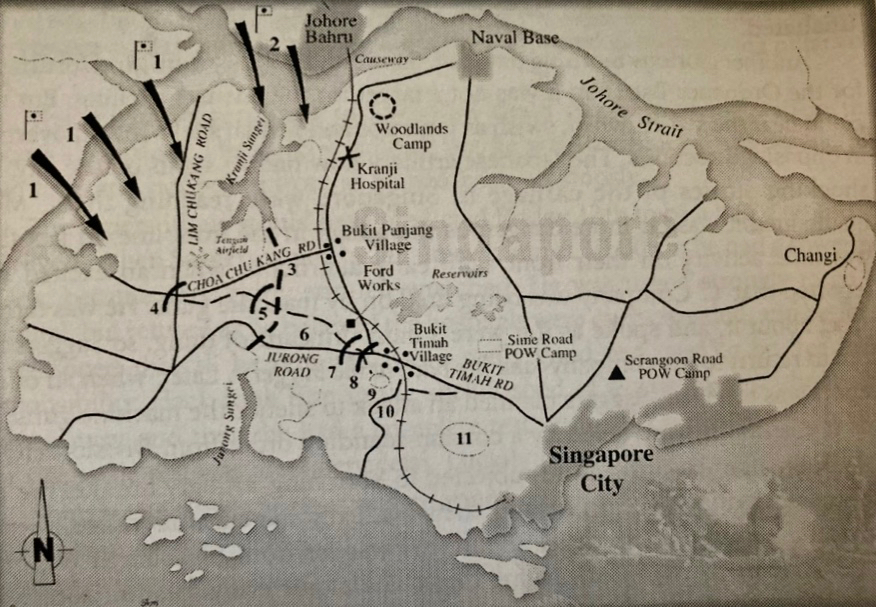
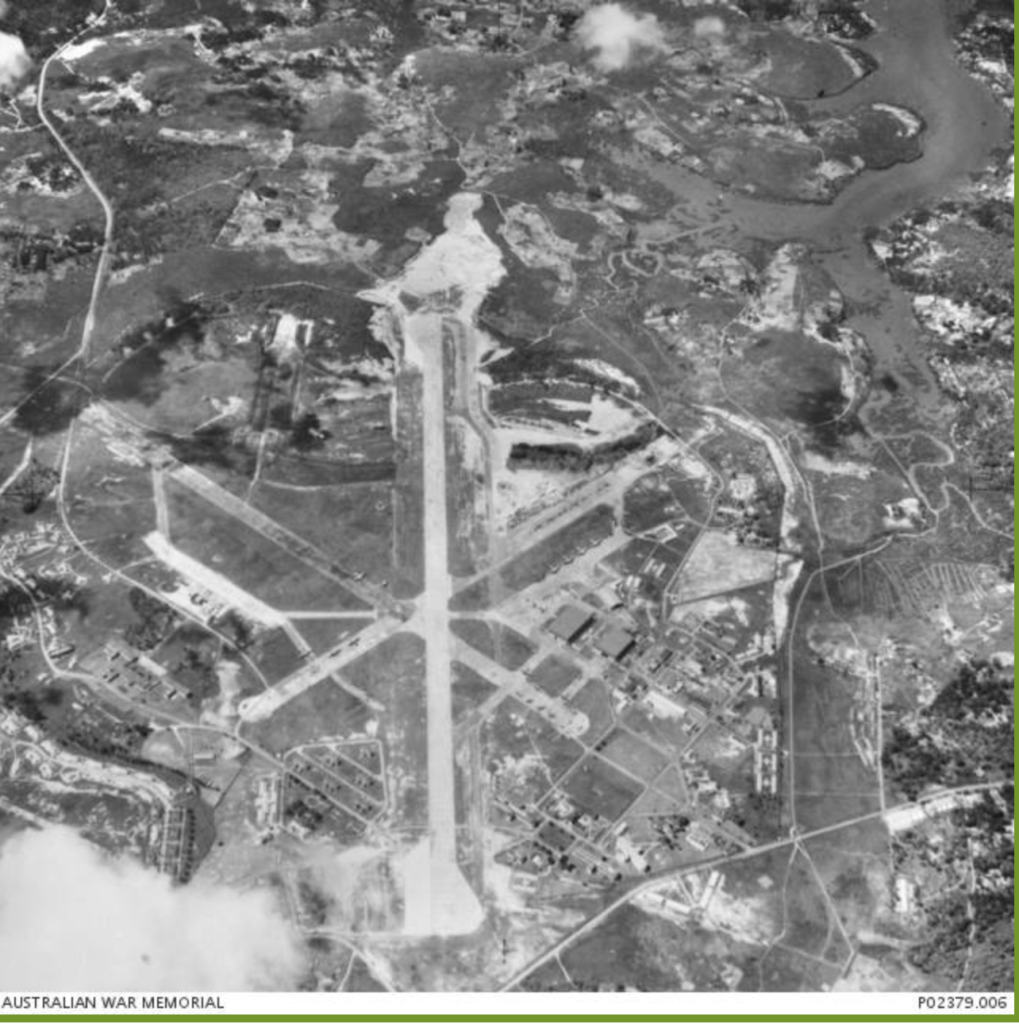

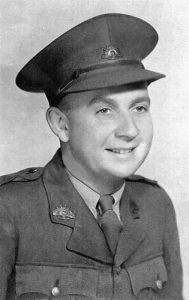
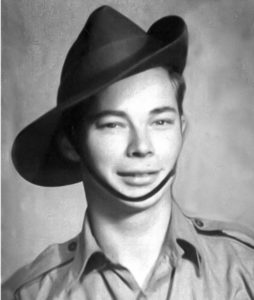
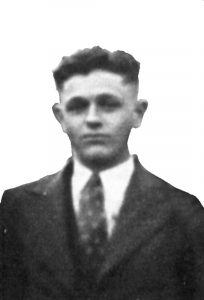
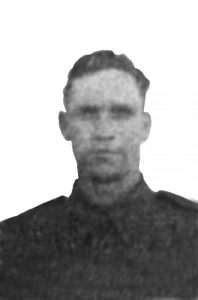
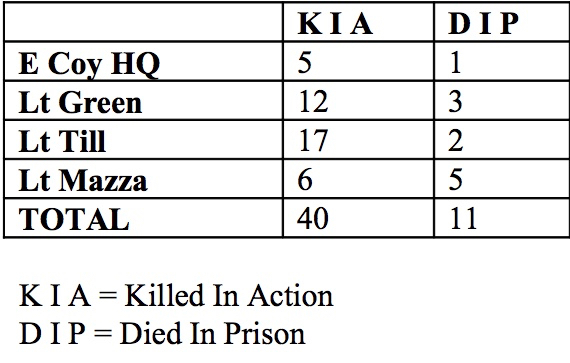
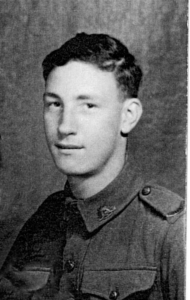
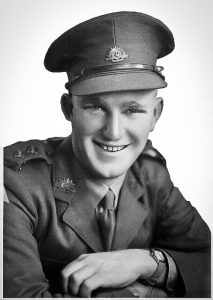

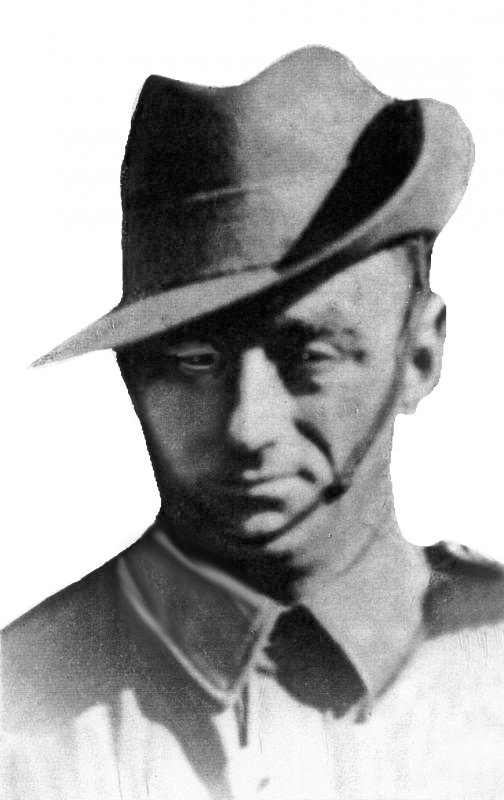
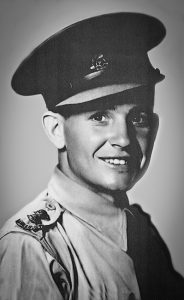
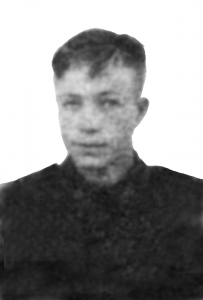
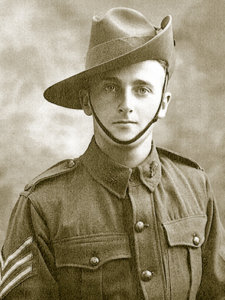
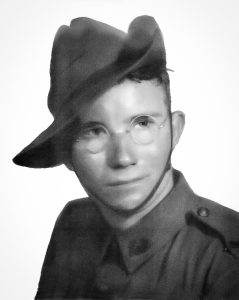
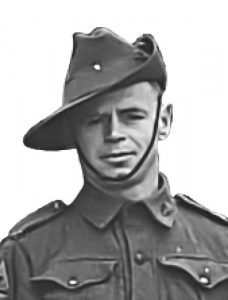
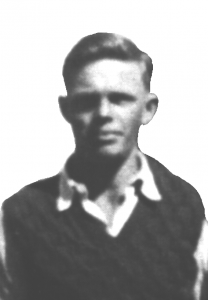

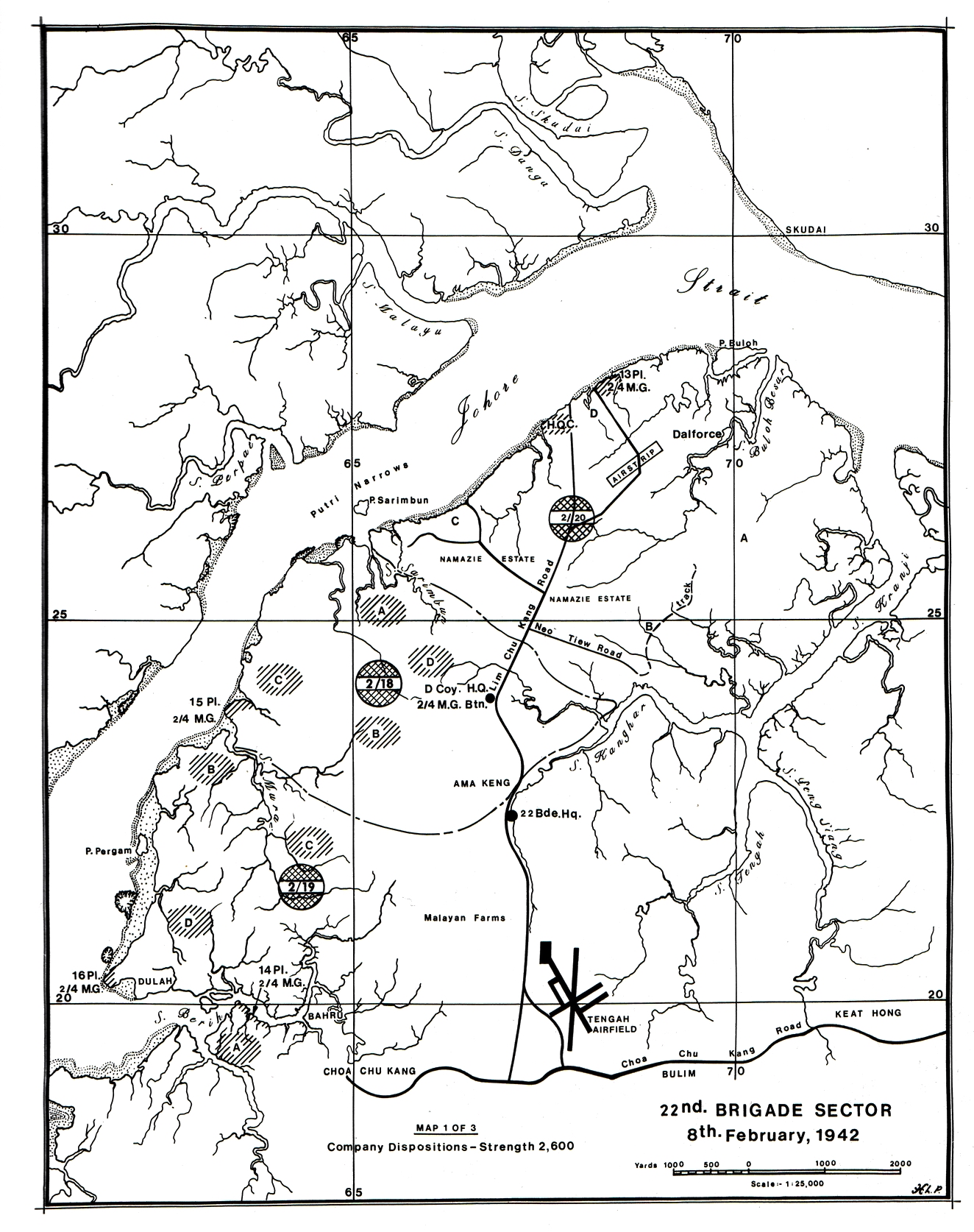
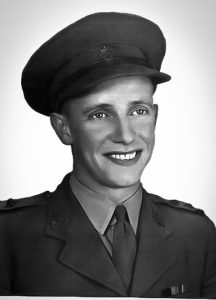
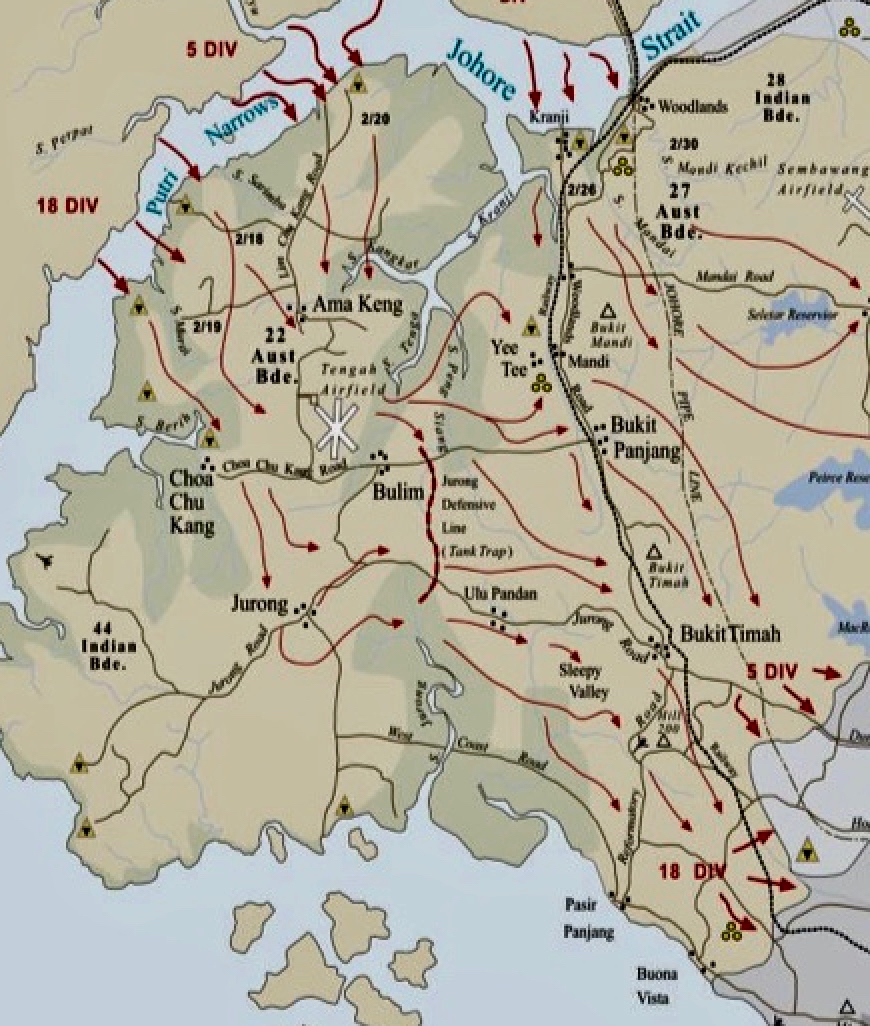
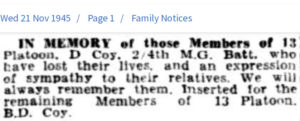
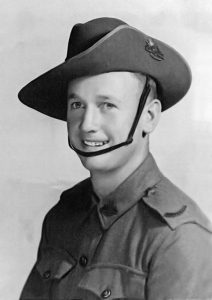
 John Morgan
John Morgan
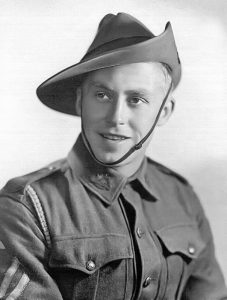
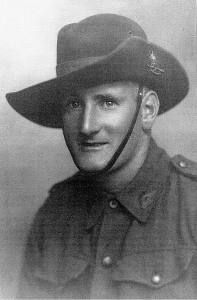
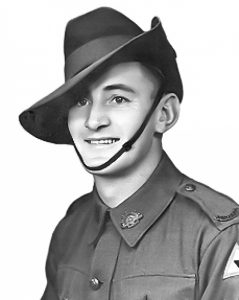
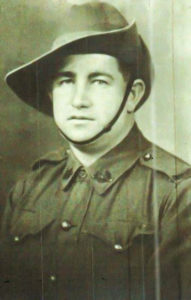
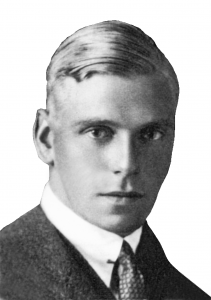
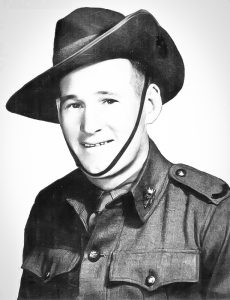
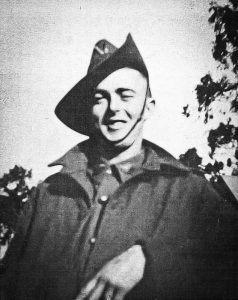
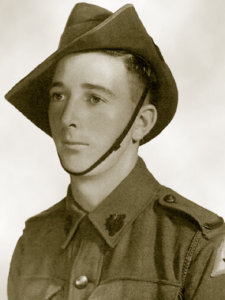
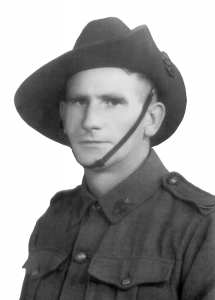
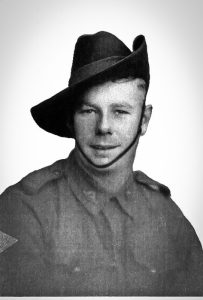
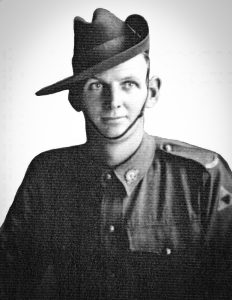
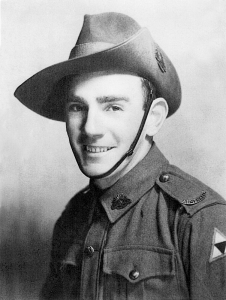


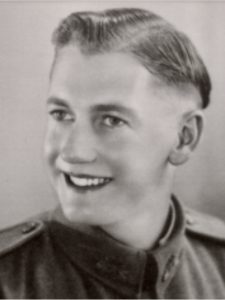

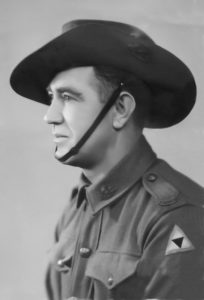

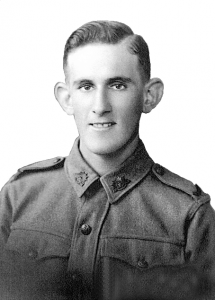
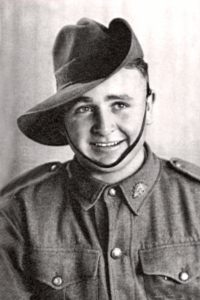
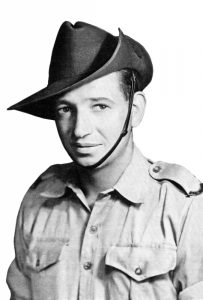
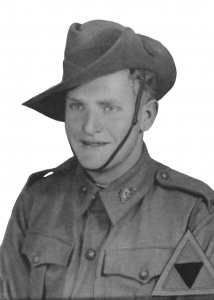
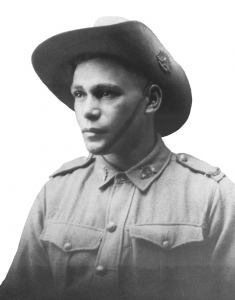
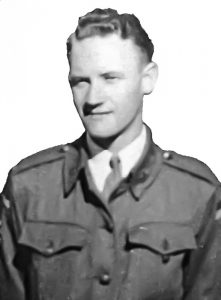
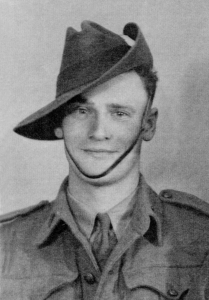




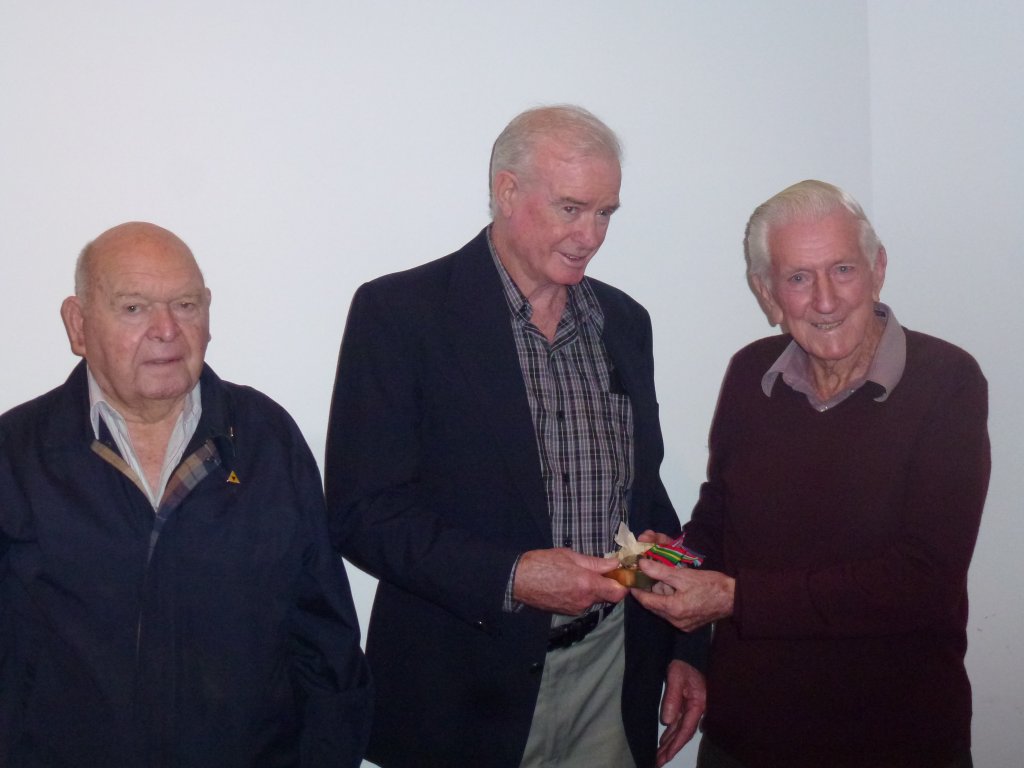
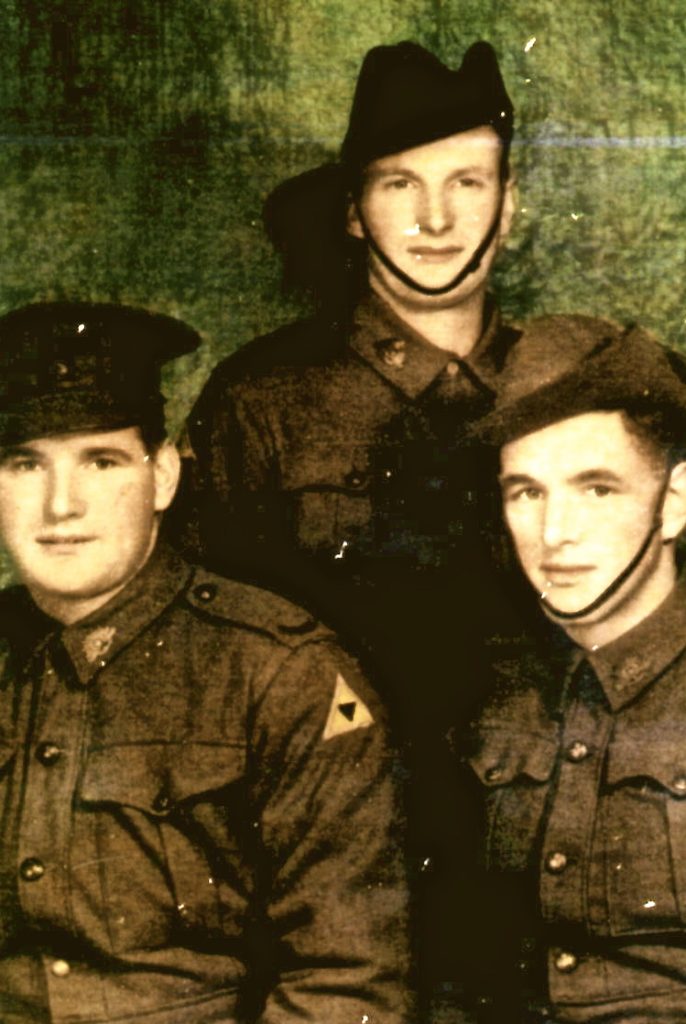
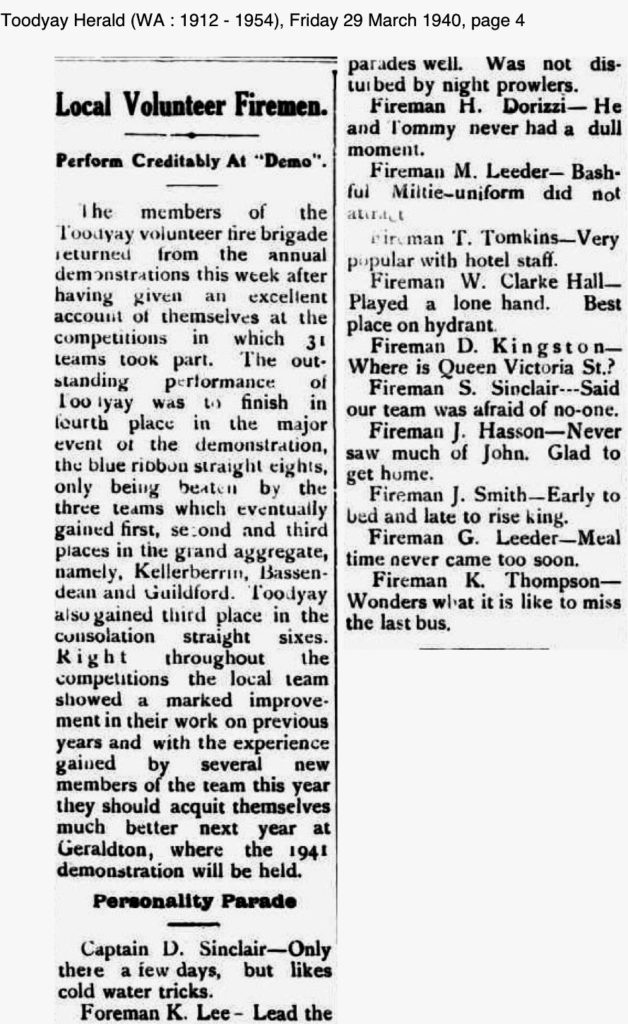
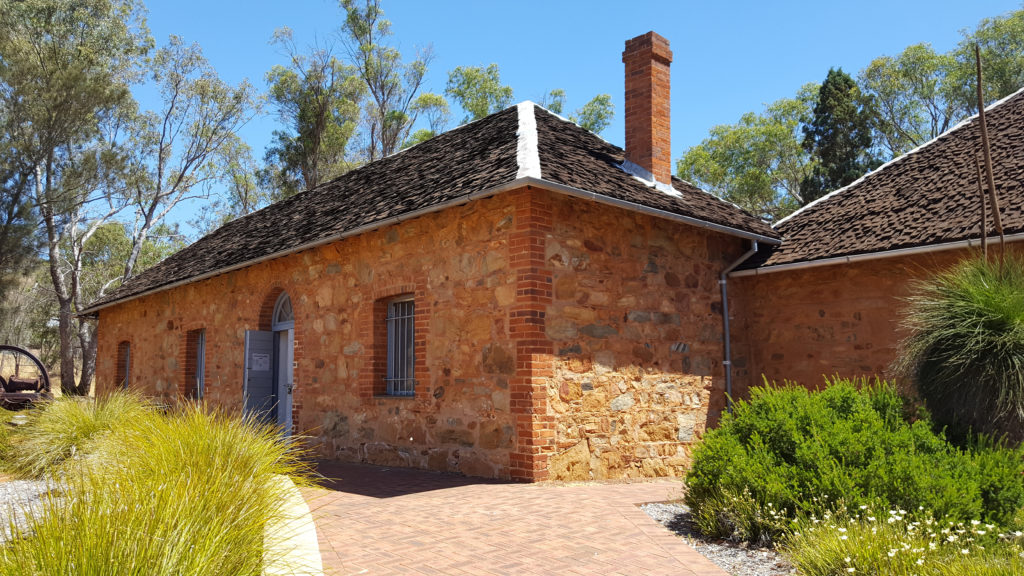
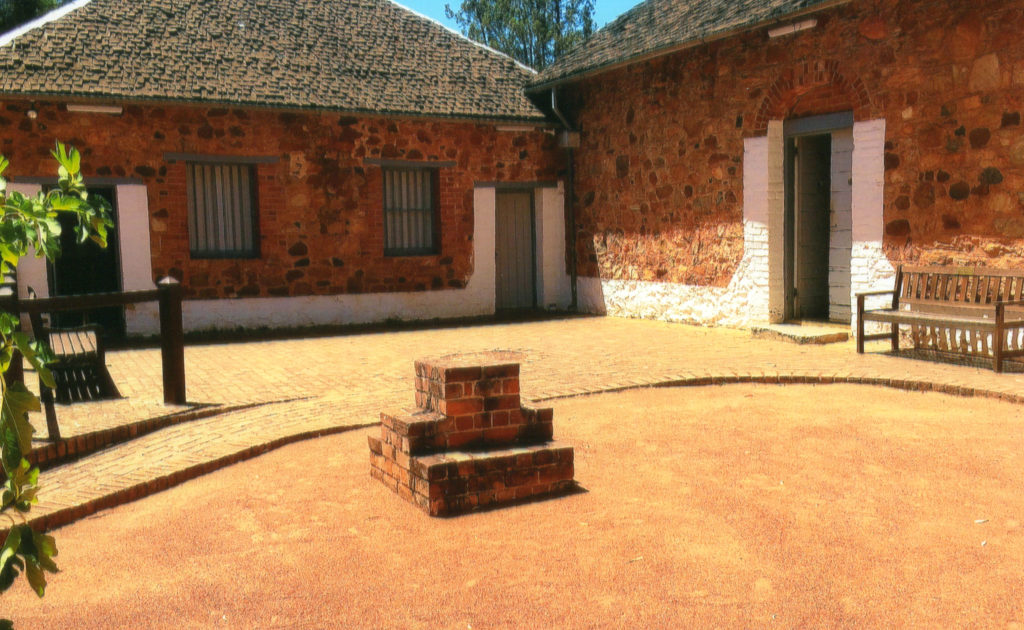
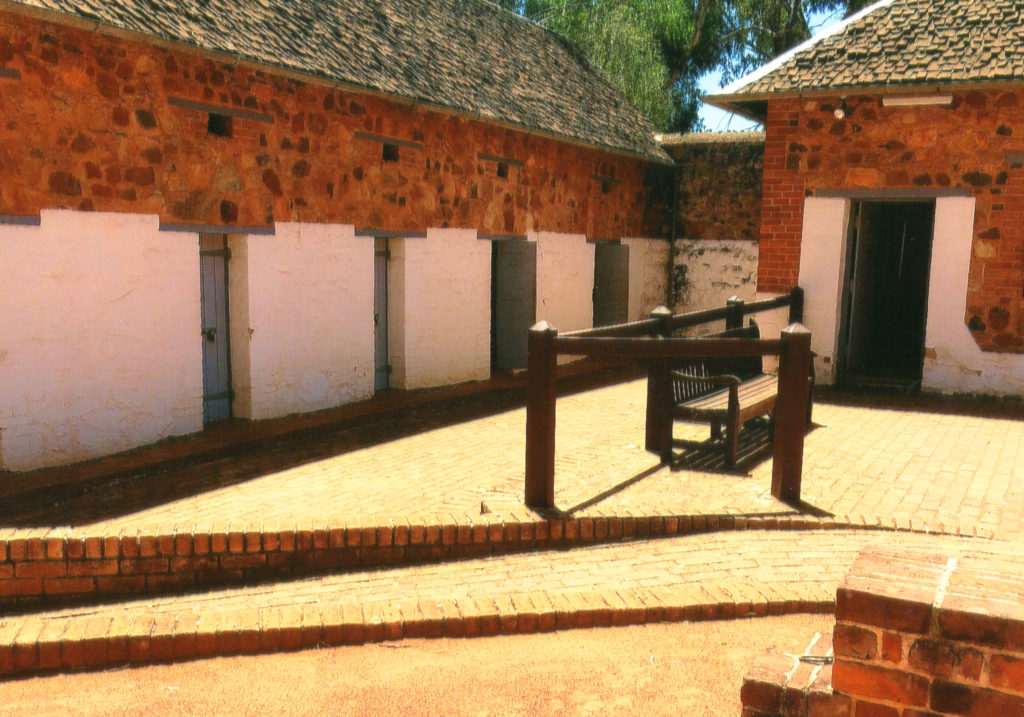
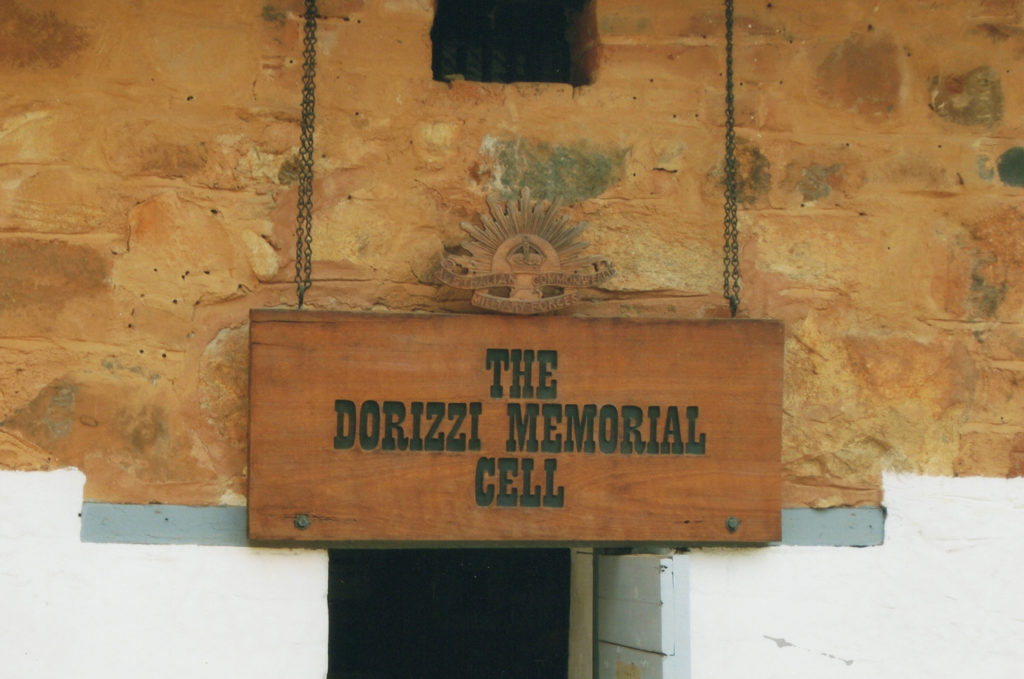
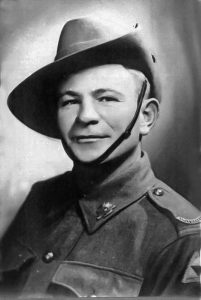 Right: Reg Ferguson
Right: Reg Ferguson
